Jungles are among the least explored areas on Earth, with vast portions remaining untouched by human hands. The Amazon Rainforest, for instance, covers millions of square kilometers, with many parts still uncharted. This dense, lush environment provides a perfect backdrop for the imagination to run wild. Other jungles, such as those in Papua New Guinea or the Congo Basin, are also mysterious and largely inaccessible. The idea that such places might harbor living dinosaurs seems plausible to some, considering how little we know about these regions. Dense vegetation, isolated terrains, and challenging climates contribute to the mystery that surrounds these jungles.
The Myth of Mokele-Mbembe
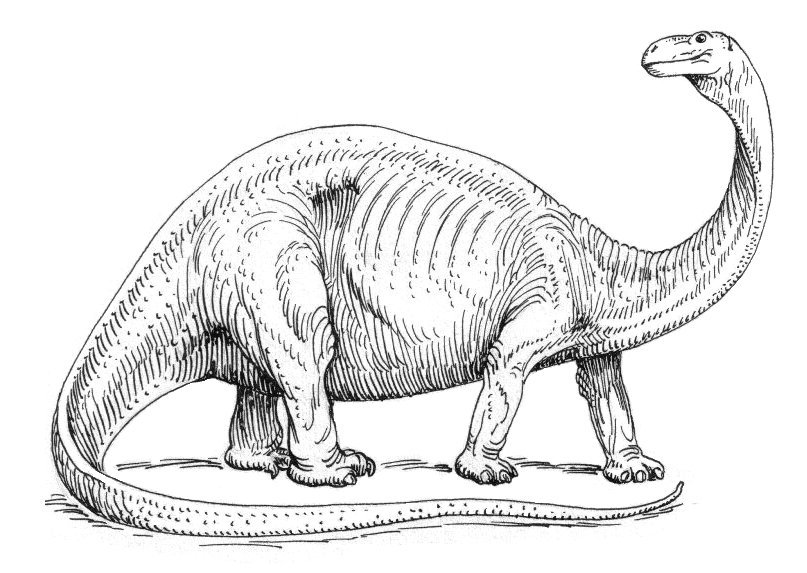
One of the most famous legends of a living dinosaur is that of Mokele-Mbembe, said to inhabit the Congo River Basin. Described as a large, herbivorous creature with a long neck, it bears a striking resemblance to the sauropods of the Jurassic period. Various expeditions have been launched to find this elusive beast, but concrete evidence remains elusive. Local folklore speaks of this creature as both a protector and a threat, adding to its mystique. While the scientific community remains skeptical, the legend of Mokele-Mbembe continues to fuel dreams of discovering a living dinosaur. This myth is a prime example of how local stories can sustain the hope of finding prehistoric life.
The Science of Dinosaur Extinction

Dinosaurs are believed to have gone extinct around 65 million years ago, primarily due to a catastrophic asteroid impact. This event led to drastic climate changes, causing the demise of these magnificent creatures. While the evidence for this extinction event is overwhelming, the idea that some dinosaurs might have survived in isolated pockets is intriguing. Scientists argue that the conditions required for survival were unlikely to have been met anywhere on Earth. Yet, the allure of finding a living dinosaur persists, challenging our understanding of evolution and extinction. The scientific consensus remains clear, but the question still lingers in the minds of many.
Evolutionary Descendants: Birds

While dinosaurs may no longer roam the Earth, their evolutionary descendants certainly do. Birds are considered the closest living relatives of dinosaurs, having evolved from theropod ancestors. This connection is evident in their skeletal structures, feathers, and nesting behaviors. Modern birds, from the majestic eagle to the common sparrow, carry the genetic legacy of their prehistoric ancestors. This fascinating link between dinosaurs and birds highlights the incredible adaptability of life on Earth. It also serves as a reminder that, in a way, dinosaurs are not entirely gone—they have simply taken a new form.
Komodo Dragons: Modern-Day Behemoths
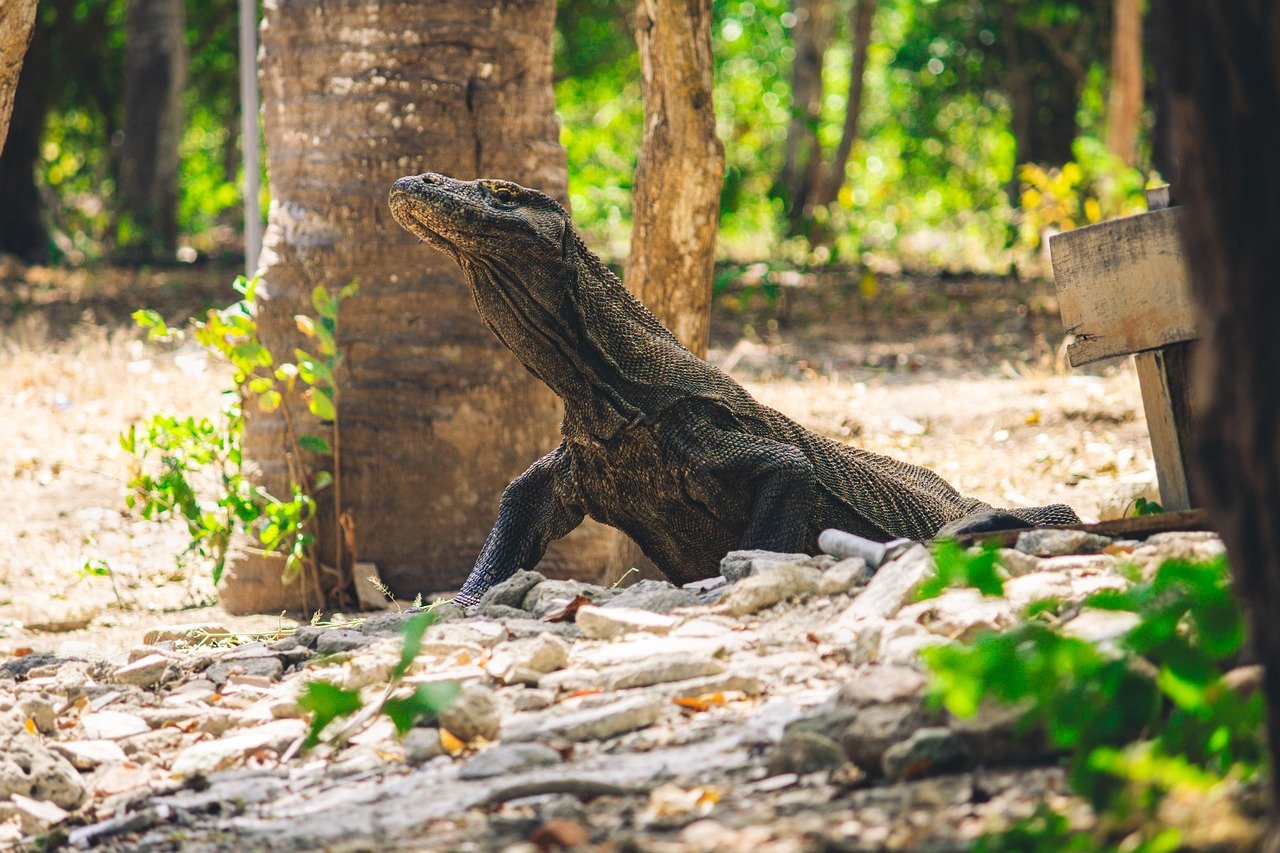
While not dinosaurs, Komodo dragons are often cited as modern-day reminders of these ancient giants. These massive reptiles, native to Indonesia, can grow up to 10 feet in length and weigh over 150 pounds. Their prehistoric appearance and formidable presence evoke images of the mighty dinosaurs that once ruled the Earth. Komodo dragons are apex predators in their environment, showcasing the raw power and survival instincts of their ancient relatives. Though they are not direct descendants, their existence hints at the diverse forms life can take, echoing the grandeur of the dinosaurs.
The Role of Fossils in Understanding Dinosaurs
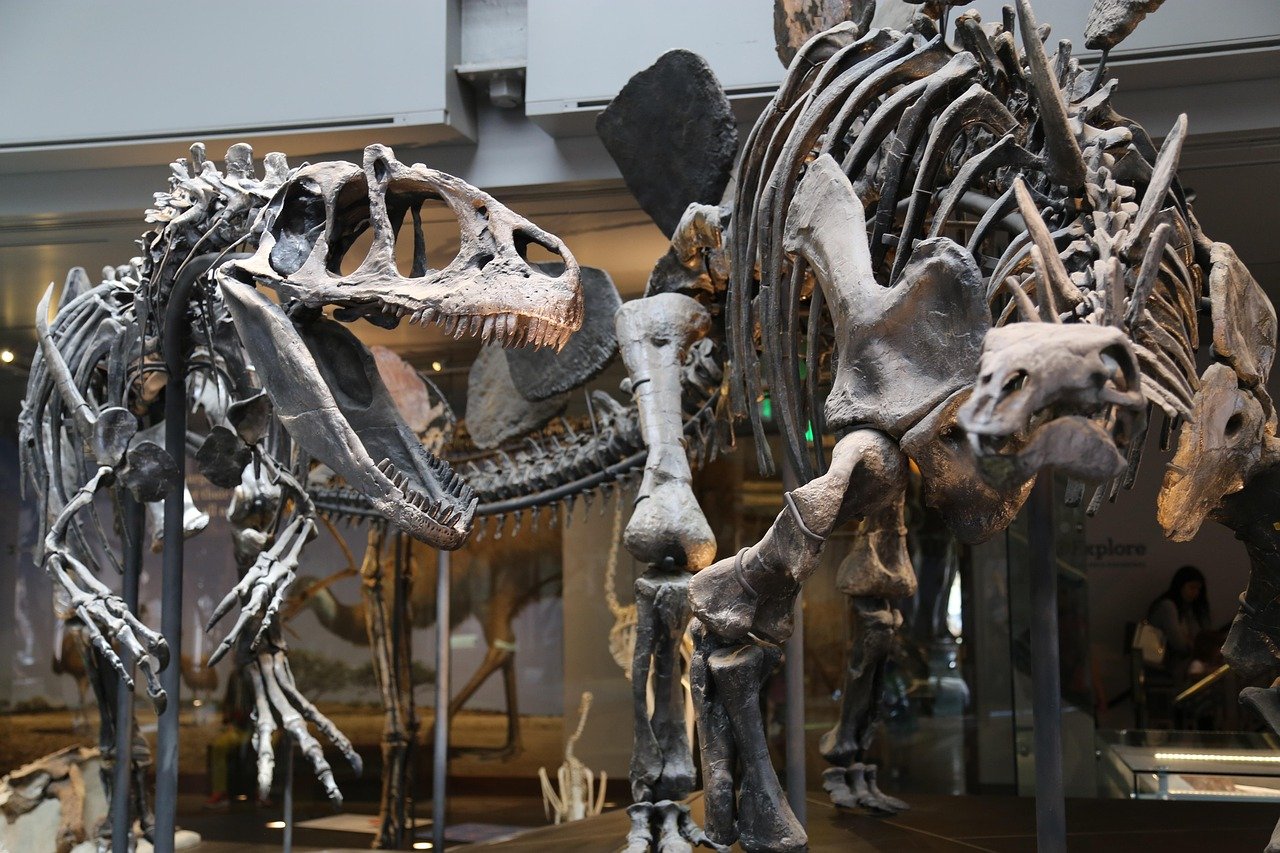
Fossils are our primary window into the world of dinosaurs, offering invaluable insights into their lives and environments. These ancient remains have been discovered on every continent, revealing a diverse array of species that once roamed the Earth. Paleontologists meticulously study fossilized bones, tracks, and even skin impressions to piece together the puzzle of dinosaur history. This ongoing research continually reshapes our understanding of these creatures, providing a clearer picture of their existence. Fossils serve as a tangible connection to the past, grounding our fascination with dinosaurs in scientific reality.
The Influence of Pop Culture

Pop culture has played a significant role in keeping the idea of living dinosaurs alive in our imaginations. Films like “Jurassic Park” have brought the possibility of resurrecting dinosaurs into mainstream consciousness. These fictional portrayals, while entertaining, often blur the lines between science and fantasy. The impact of such media cannot be underestimated, as it fuels both curiosity and misinformation. Yet, it also inspires a new generation of scientists and explorers, eager to uncover the truths hidden within the fossil record. The balance between myth and reality is a delicate one, shaped by our cultural narratives.
Challenges of Jungle Exploration
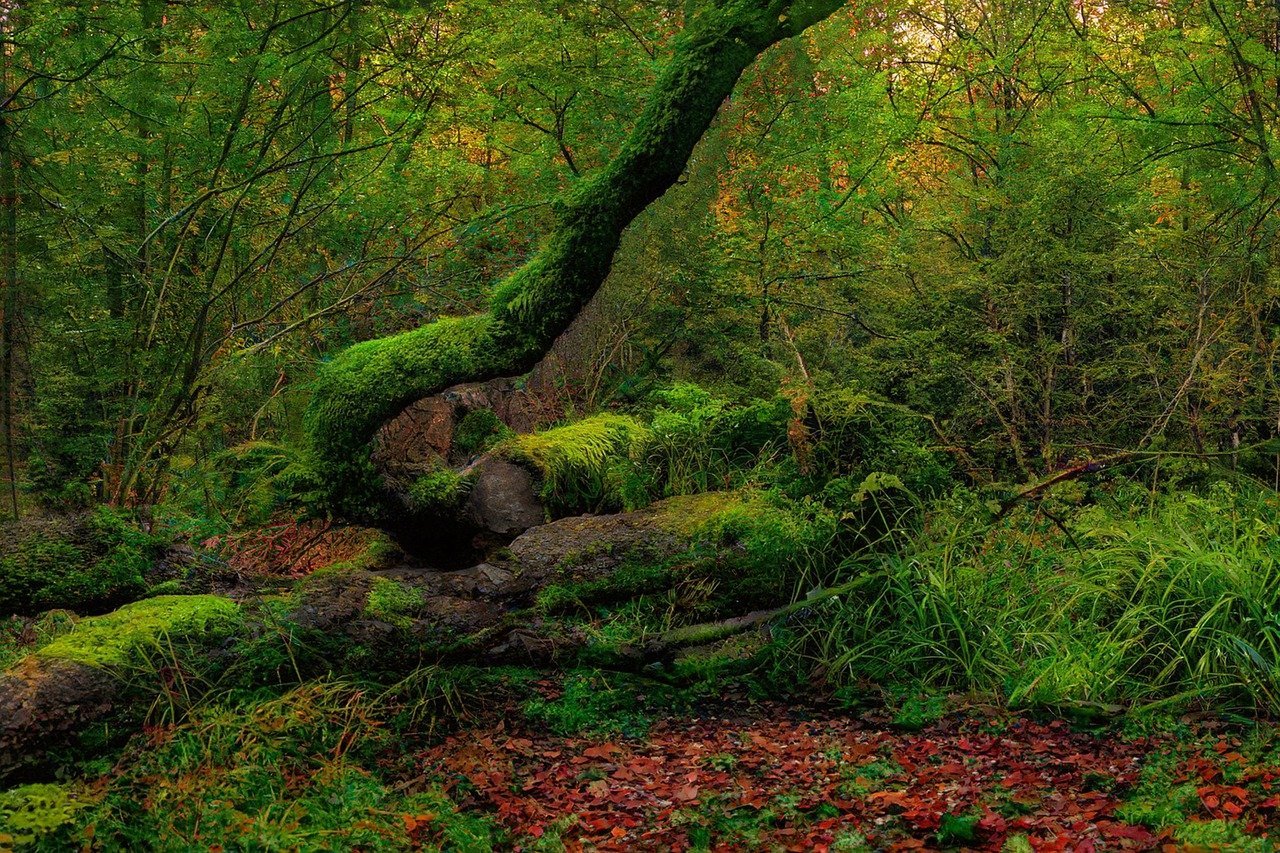
Exploring remote jungles presents a myriad of challenges, from difficult terrain to dangerous wildlife. Dense vegetation and unpredictable weather conditions make navigation and survival daunting tasks. These environments are often home to rare and endangered species, requiring careful consideration of ecological impacts. Technological advancements, such as drones and satellite imaging, have aided exploration efforts, but much remains unknown. The pursuit of discovering a living dinosaur in these jungles is fraught with obstacles, both physical and scientific. Yet, the drive to explore and uncover the unknown continues to push the boundaries of human exploration.
The Enduring Mystery
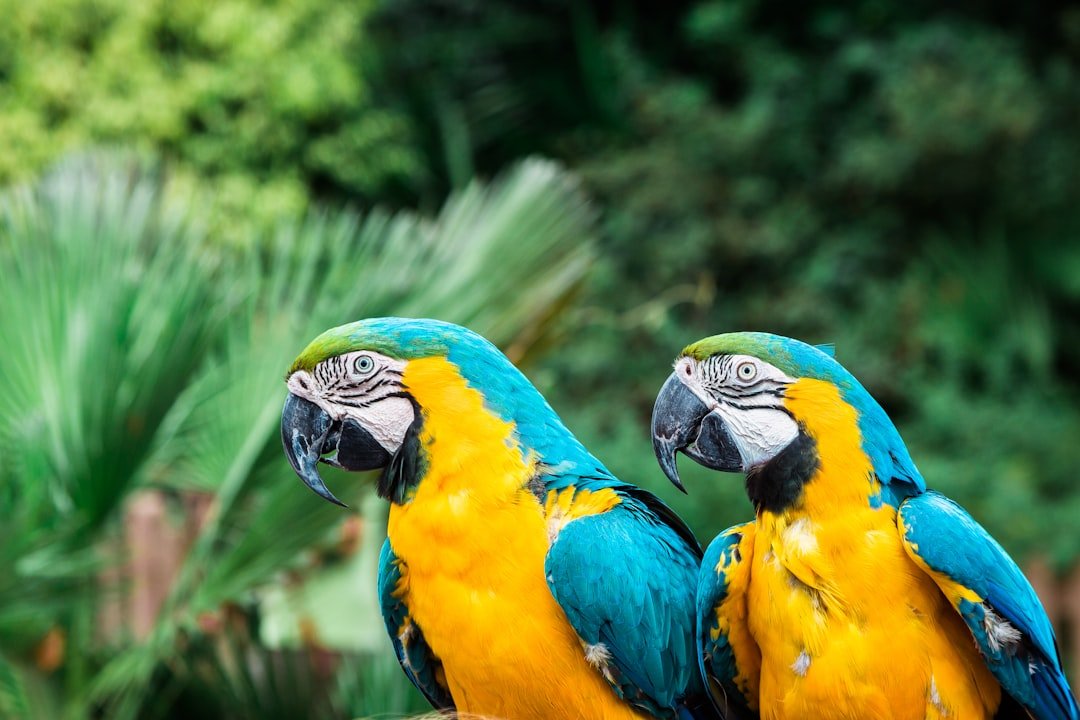
The question of whether dinosaurs still exist in unexplored jungles remains one of the most intriguing mysteries of our time. While science leans heavily towards extinction, the allure of the unknown keeps the possibility alive. Myths, legends, and scientific curiosity blend together, creating a rich tapestry of imagination and inquiry. The search for living dinosaurs is not just about finding ancient creatures; it’s about exploring the limits of our understanding and the potential for discovery. As long as there are uncharted territories, the dream of finding dinosaurs will endure, captivating hearts and minds around the world.

Jan loves Wildlife and Animals and is one of the founders of Animals Around The Globe. He holds an MSc in Finance & Economics and is a passionate PADI Open Water Diver. His favorite animals are Mountain Gorillas, Tigers, and Great White Sharks. He lived in South Africa, Germany, the USA, Ireland, Italy, China, and Australia. Before AATG, Jan worked for Google, Axel Springer, BMW and others.



